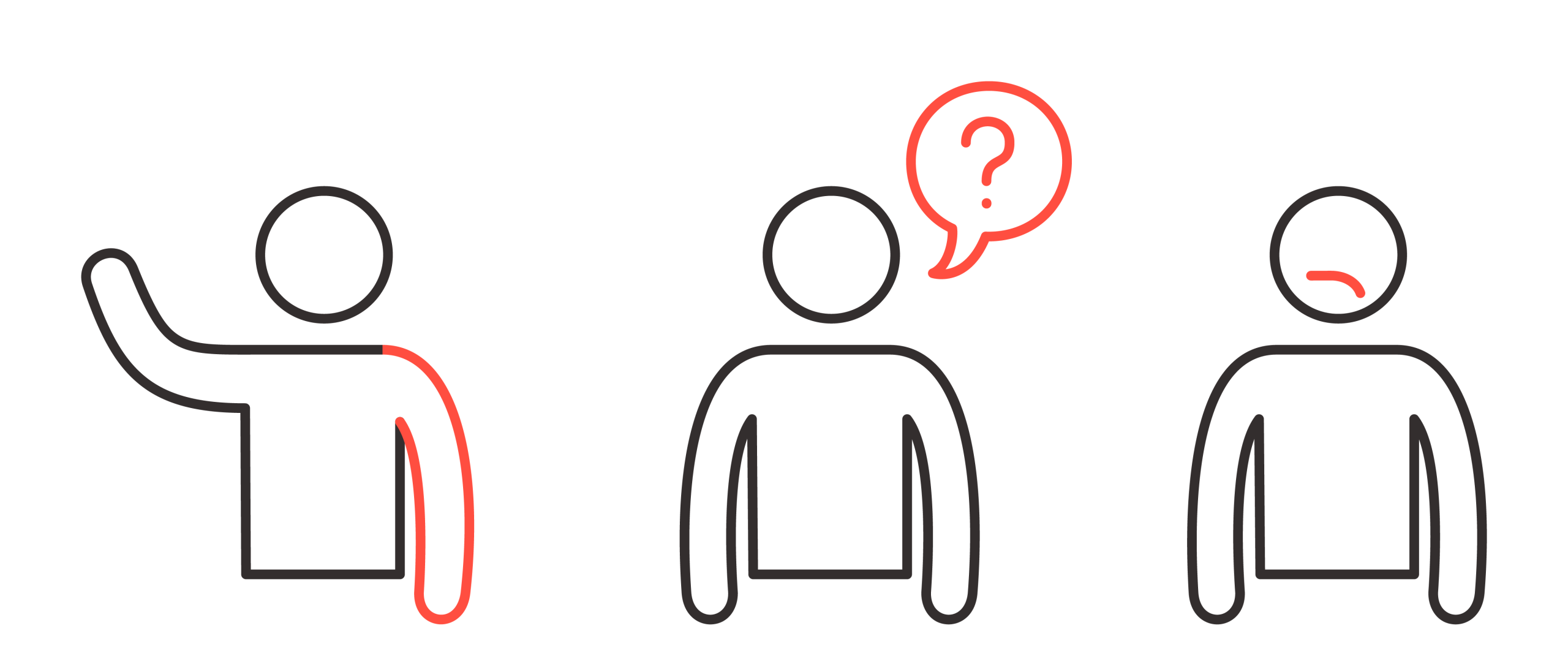What is a stroke?
A stroke occurs when bleeding or a blood clot disrupts blood flow in the brain.
The typical symptoms of a stroke are:
- Sudden weakness in an arm or leg.
- Incoherent or slurred speech.
- Facial drooping on one side with a sagging mouth corner or an uneven smile.
Below you can learn more about what a stroke is.
Three symptoms you must react to in the event of a stroke
It is important to recognize the three most common symptoms of a stroke and immediately call 1-1-2 if you notice any of them. A simple phrase can help you identify most stroke cases:

Stretch. Is one arm weak, dyscoordinated or numb?
Speak. Is the speech slurred or incoherent?
Smile. Does one side of the face droop or is it numb?
Other symptoms of a stroke
The Stretch, Speak, Smile phrase can help detect most stroke cases, but other symptoms may include:
- Sudden blurred vision or loss of sight in one or both eyes
- Sudden confusion or difficulty understanding your surroundings
- Sudden difficulty controlling movements or fine motor skills
- A sudden and severe headache
- Sudden balance issues, accompanied by double vision or slurred speech
If any symptoms of a stroke occur, call 1-1-2 immediately.
Types of stroke
85% of all strokes are caused by a blood clot in the brain. 15% of strokes are caused by bleeding in the brain
What happens in the brain during a stroke?
In both cases, the blood flow to parts of the brain stops, meaning that brain cells do not get enough oxygen and nutrients.
If the oxygen supply is not restored quickly—either by dissolving the clot or stopping the bleeding—brain cells can begin to die, leading to permanent loss of functions, such as reduced strength on one side of the body or impaired ability to read or speak.
Treatment of stroke
Symptoms of a stroke often occur suddenly and it is crucial to act quickly. Immediate action is necessary even if symptoms disappear shortly afterward, because urgent or preventive treatment is needed to prevent worsening or new strokes.
Regardless of whether a stroke is caused by a clot or bleeding, the symptoms are often the same. However, the treatments are different, which is why it is important to be examined quickly to determine the type of stroke.
Risk factors
Stroke most often affects older adults, and men are more frequently affected than women before the age of 75. In rare cases, strokes are due to hereditary genetic factors, making the risk of stroke familial. Other risk factors for stroke include:
- High blood pressure
- Smoking
- Diabetes
- Atrial fibrillation
- Sleep apnea
- High cholesterol
- Excessive alcohol consumption
- Physical inactivity
- Unhealthy diet
- Obesity
You can reduce your risk of stroke by making healthy lifestyle changes.
Consequences of a Stroke
Stroke is the fourth leading cause of death in Denmark and the most common cause of acquired disability in adults.
Many people survive strokes and can live good lives, especially if treatment is administered quickly. When a stroke occurs, every minute counts—the faster treatment begins after the first symptoms, the better the outcome.
Call 1-1-2 if you suspect a stroke.
